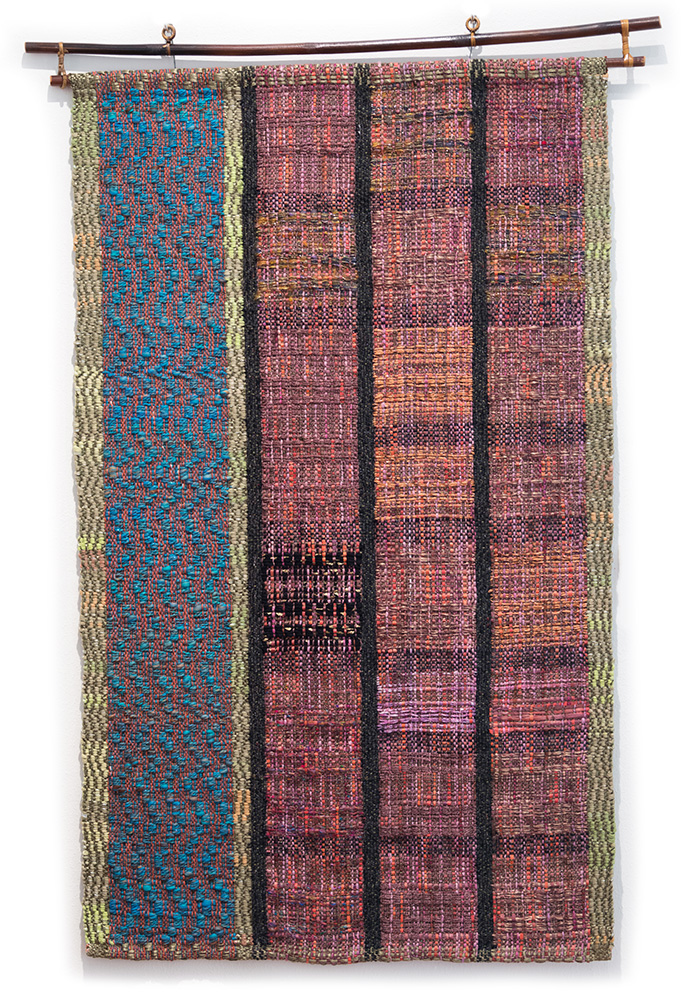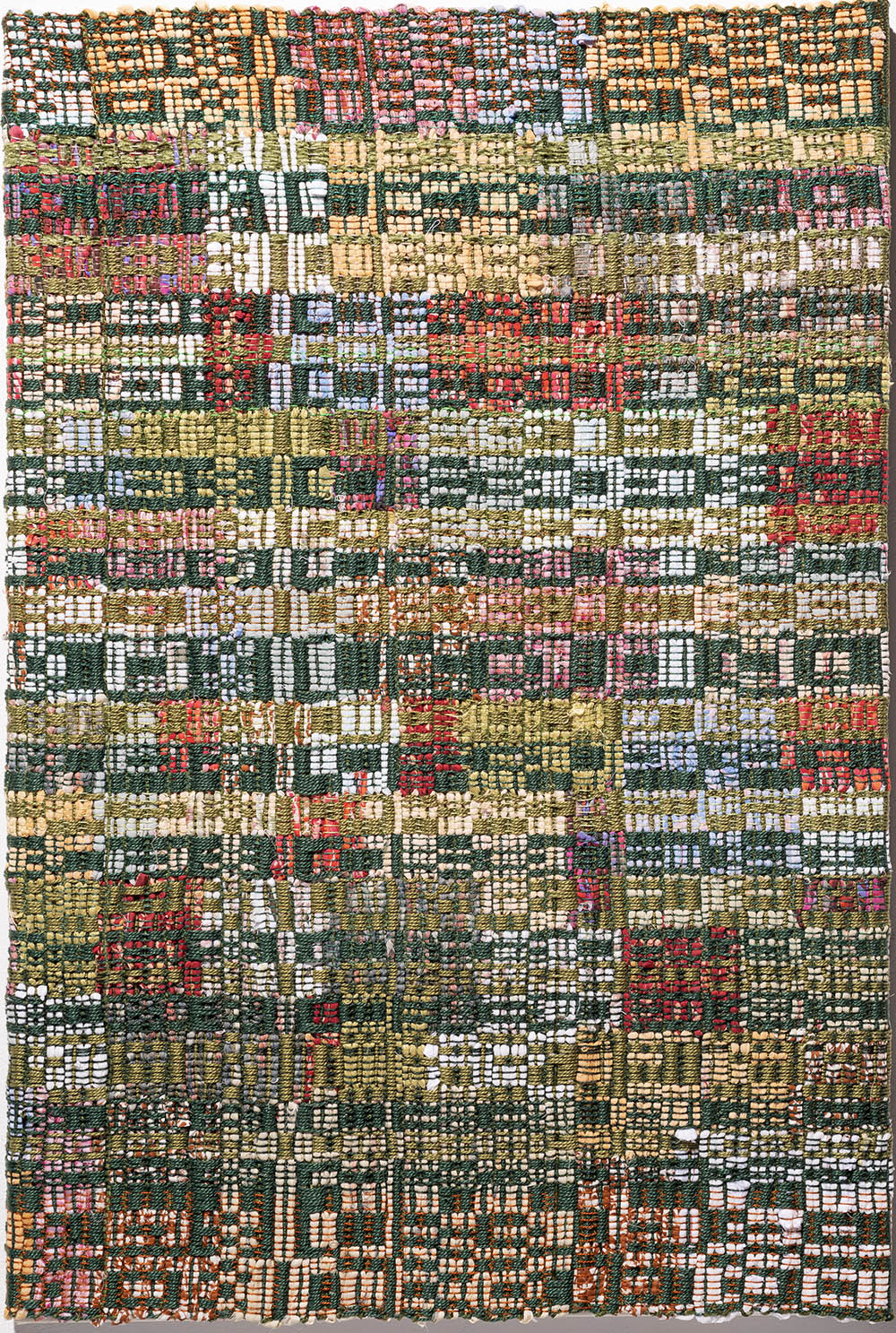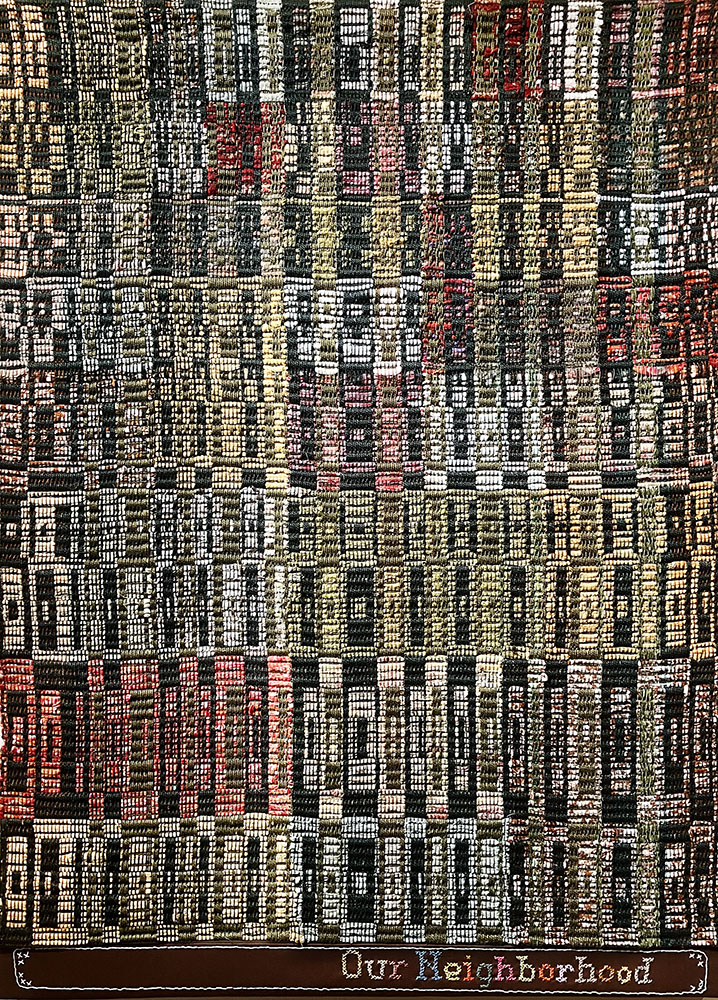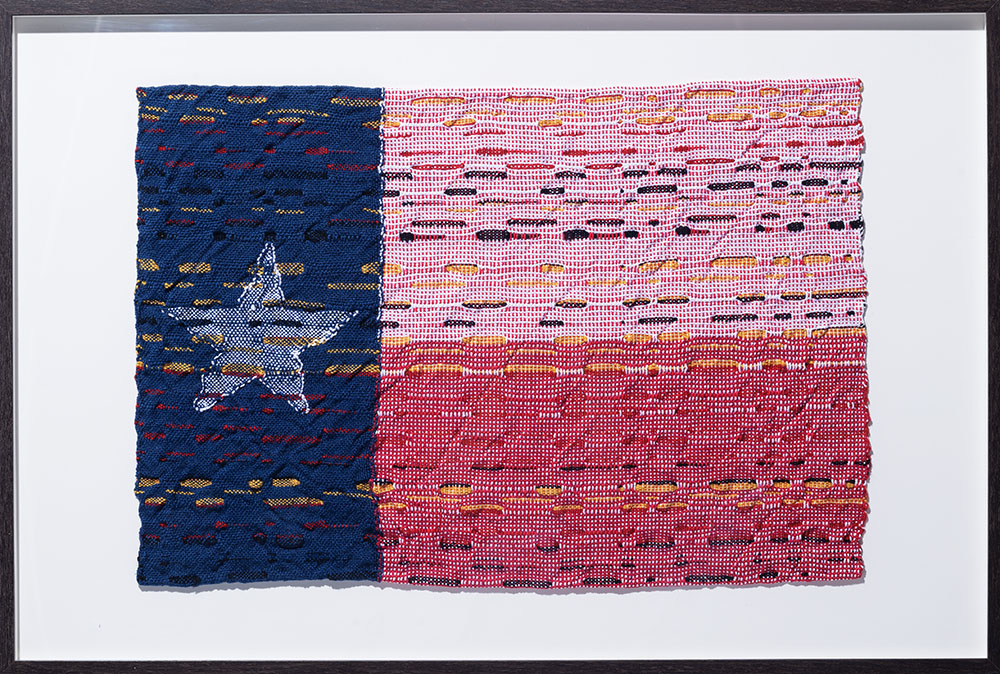A German Connection to King William
As a German/American living in San Antonio since 1986, King William has always been a favorite neighborhood of mine. I was introduced to King William in 1988 while working for Julia Cauthorn at 217 King William Street. Today a prominent artist resides in this historic home.
The theme I am exploring with this exhibit is the interwoven history of Germans in Texas, how the King William neighborhood came to be, how it has grown and what vestiges of that history remain.
My research led me down many interesting paths, including a historical tie back to my own home region! I explored the arduous journey in leaving Germany and the people's disappointments as well as successes. Throughout its 170 years of existence, the King William neighborhood saw it all.
These works are somewhat different from my usual art. I hope you enjoy viewing them as much as I enjoyed researching and creating them.
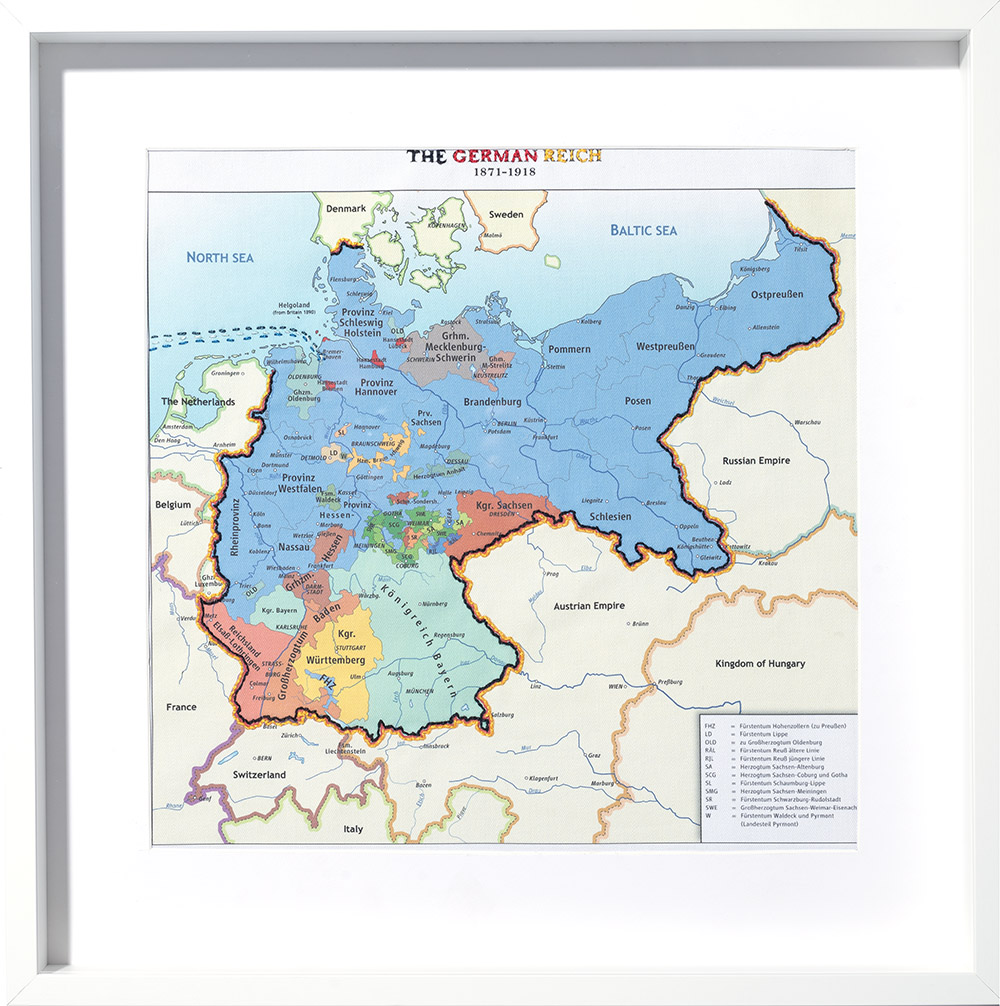
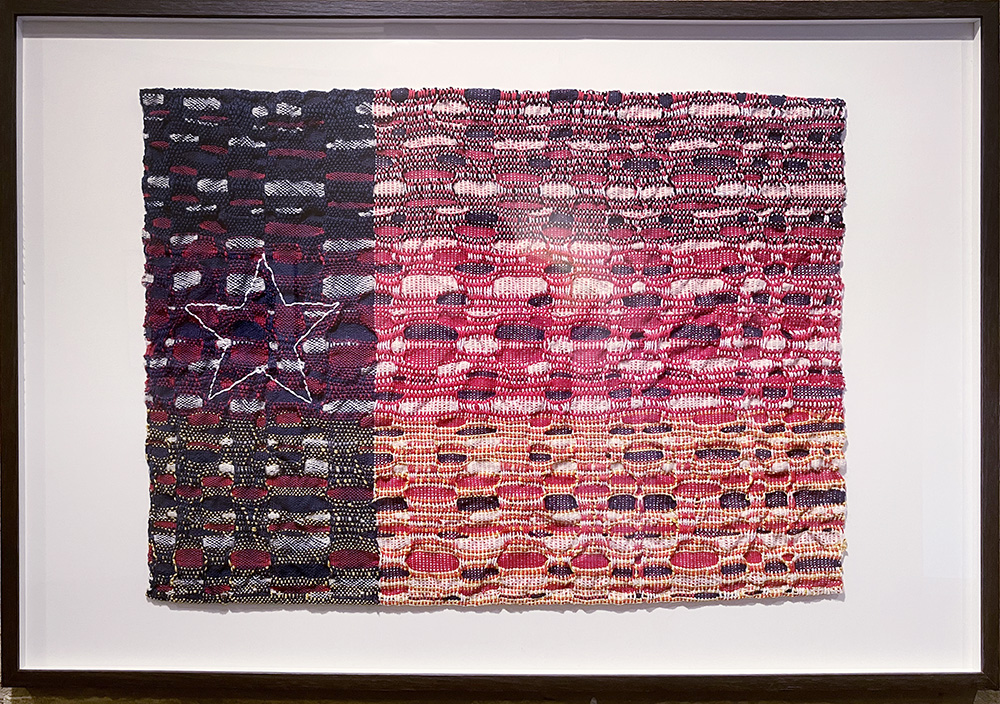
Early German immigrants came from various provinces, backgrounds, and social classes, including peasants with some means, artisans, academics, and professionals. Some sought refuge from political turmoil, while others fled religious persecution, all hoping to realize their full potential in a new land.

First-time Germans arriving at the Golf of Mexico shore were taken aback by the grim landscape and humid heat. This was not what they expected. Between 1844 and 1887 Indianola, now underwater, was an immigration hub for Germans who arrived. Here the German immigrants were supposed to be met by guides who would take them inland. Often, however, these didn't appear, leaving the new immigrants to fend for themselves in this foreign environment. As a result of the long and strenuous journey by ship and the challenging new climate, many German fell sick or died due to the strain and fatigue.


